
Mal di Montagna
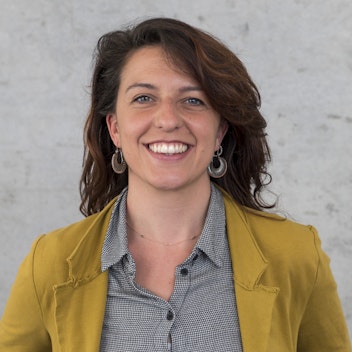

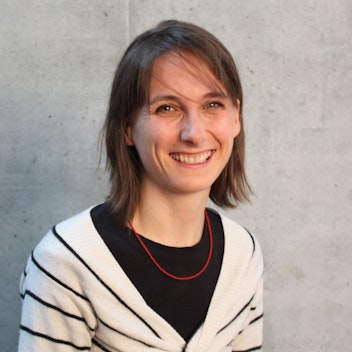
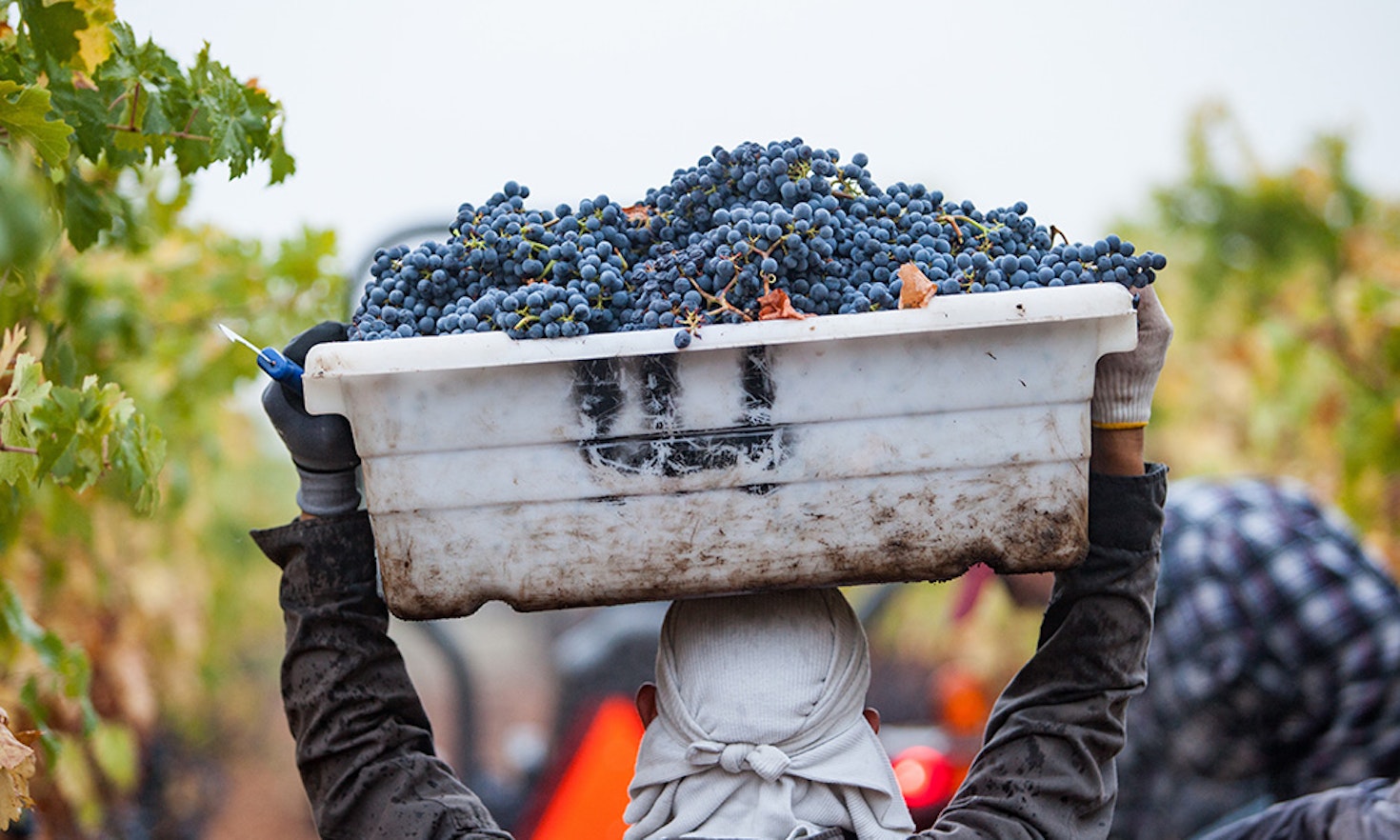
In recent years, throughout and even beyond the European Union, ever-increasing attention is being given to the number of migrants residing and working in our countries. However, the insights provided on their distribution across regions and different types of territories are limited. This prevents citizens, policy makers and communities from effectively appreciating and managing the impact of foreigners on the local dimension of life. The number of Third Country Nationals (TCN) increased from 21.000 in 2008 to almost 32.000 in 2018. A closer look at the territorial distribution of foreign citizens in South Tyrol reveals interesting aspects that are often neglected.
Native inhabitants/citizens stay in rural areas. Where do foreigners settle?
In contrast to the depopulation of rural areas in most regions of the Italian Alps, nearly half of South Tyrol’s resident population lives in rural municipalities: 259.942 residents over 532.080, which corresponds to a share of 49%. This is a high value compared with the entire area of the Alpine Convention where only 28% of the population lives in rural areas. A lower share of 31% lives in towns and suburbs, such as Merano, Bressanone, Brunico, Vipiteno, as the list below shows. Only 20% of the population live in the main city of Bolzano/Bozen. This is linked to South Tyrol’s “organic project of widespread mountain habitability”[1], that promotes a widespread presence of services, economic and productive activities.
But what about the distribution of the Third Country Nationals, that come from countries outside the European Union?

The map below shows the absolute number of Third Country Nationals across the provincial territory, highlighting their concentration in the main urban centers. At the same time, it highlights the fact that non-EU citizens are fairly distributed across the entire rural areas of the Province of Bolzano.
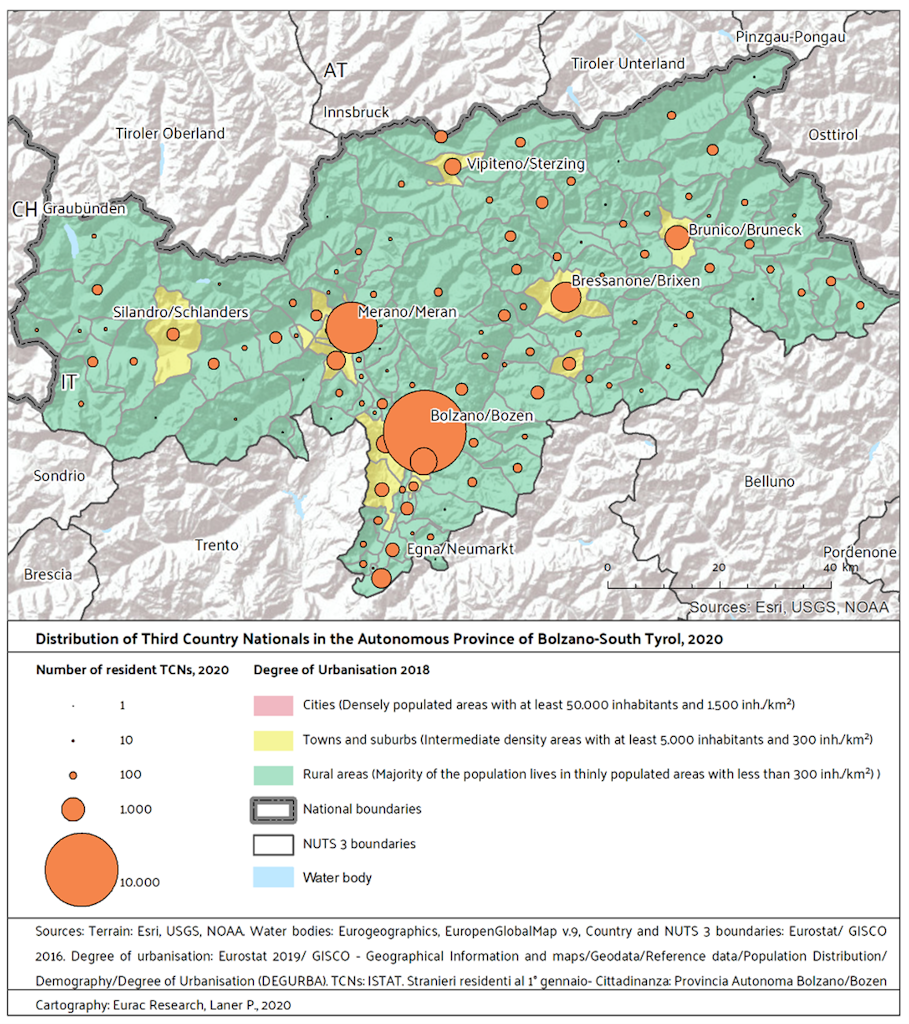
A closer look at numbers and distribution reveals yet another interesting phenomenon. According to ISTAT data presented in the table below, the 34.649 Third Country Nationals residing in South Tyrol are fairly distributed across rural areas towns and suburbs and cities in South Tyrol. This is a remarkable aspect per se, considering the large attention usually paid to the presence of Third Country Nationals in cities.

Since more people live in rural areas, the percentage of Third Country Nationals on the total population in rural areas is lower than the percentage in towns and suburbs, or cities. The table above gives a short overview of these numbers. On average, Third Country Nationals represent 3,7% of individuals living in rural municipalities, 7.5% in towns and suburbs such as Merano, Bressanone and Brunico and 11.7% in Bolzano. It is noticeable that the municipalities with a high number of Third Country Nationals compared to the total population, with the exception of Merano, are situated on the Brenner axis. Map 2 shows the share of Third Country Nationals distribution in the region.
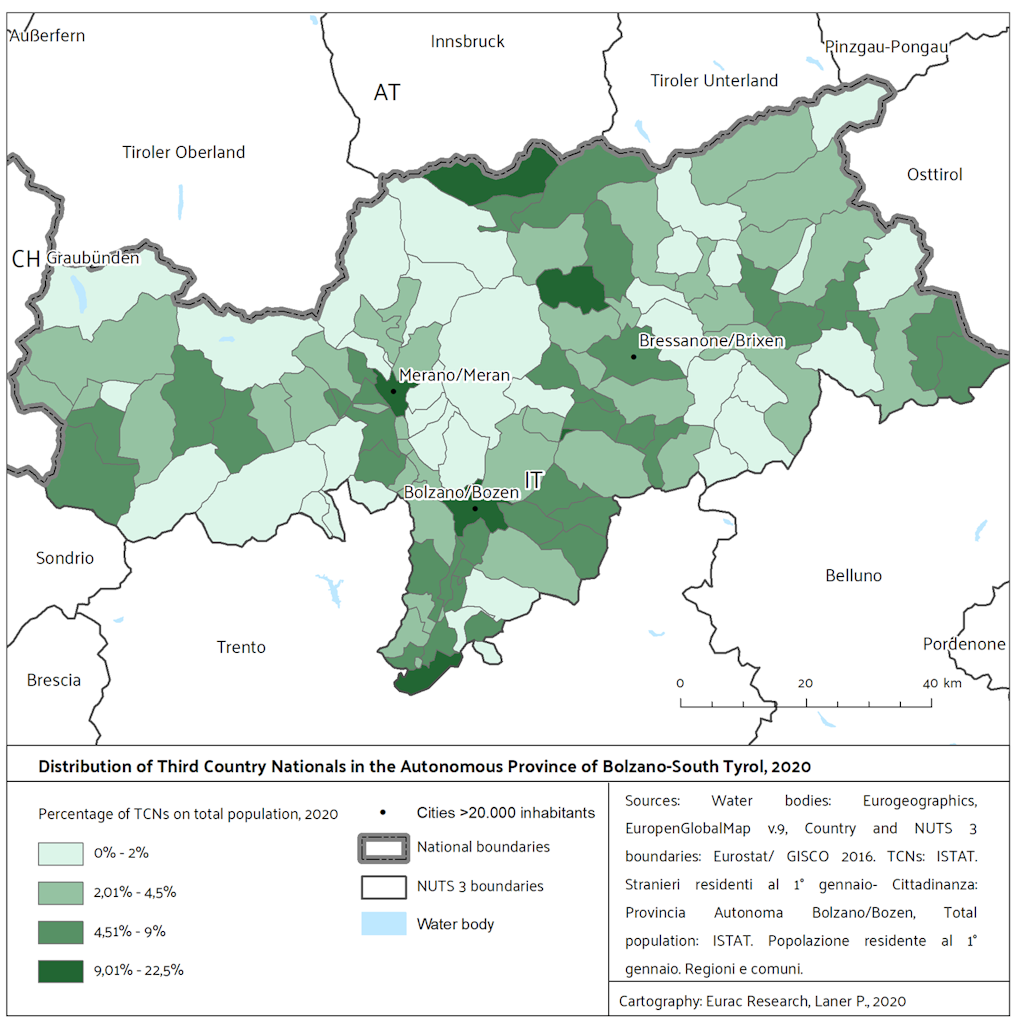
Assessing the impact of foreigners
As highlighted in Map 2, some rural municipalities have a high percentage of Third Country Nationals. The rural municipalities with the highest percentages of Third Country Nationals are Fortezza with 22,5%, Salorno and Ponte Gardena with more than 17%, Brennero with 13%, as well as Rio di Pusteria and Magrè that have more than 8%.[2] Some of them have even higher percentages than the biggest cities in the region, such as Bolzano and Merano with approximately 12%. For these municipalities, it is important to evaluate the impact of immigration on aspects such as the local labor and housing markets, public schooling and welfare system. These are the different fields in which the significant presence of Third Country Nationals may require targeted services and support, while at the same time, these are the contributing factors in maintaining a critical number of inhabitants to support the sustainability of service provisions[3].
The quality of governance of rural areas has succeeded in maintaining native inhabitants on site and, along with the lower average cost of living in rural areas, it has also managed to make these places attractive for non-EU citizens. Their needs and their contributions to the well-being of rural areas are set to become a key aspect of local governance in the next decades.
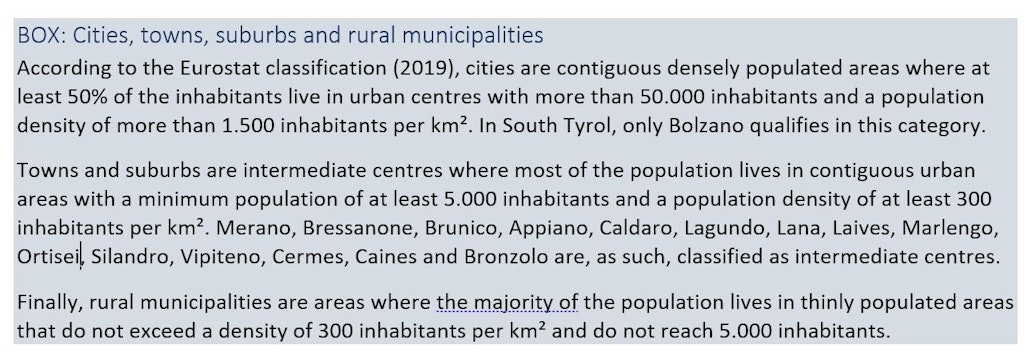
[1] Ravazzoli, E. (2020) Migrazioni interne, Migration report, Eurac Research: Bolzano.
[2] See also Centro Studi IDOS, Dossier Statistico Immigrazione 2019, 368-372 and Eurac report on Immigration and Integration in South Tyrol, pp. 20-21.
[3] Kordel S., Membretti A. (eds.) (2020), Classification of Matilde Regions. Spatial Specificities and Third Country Nationals Distribution.
This content is licensed under a Creative Commons Attribution 4.0 International license.